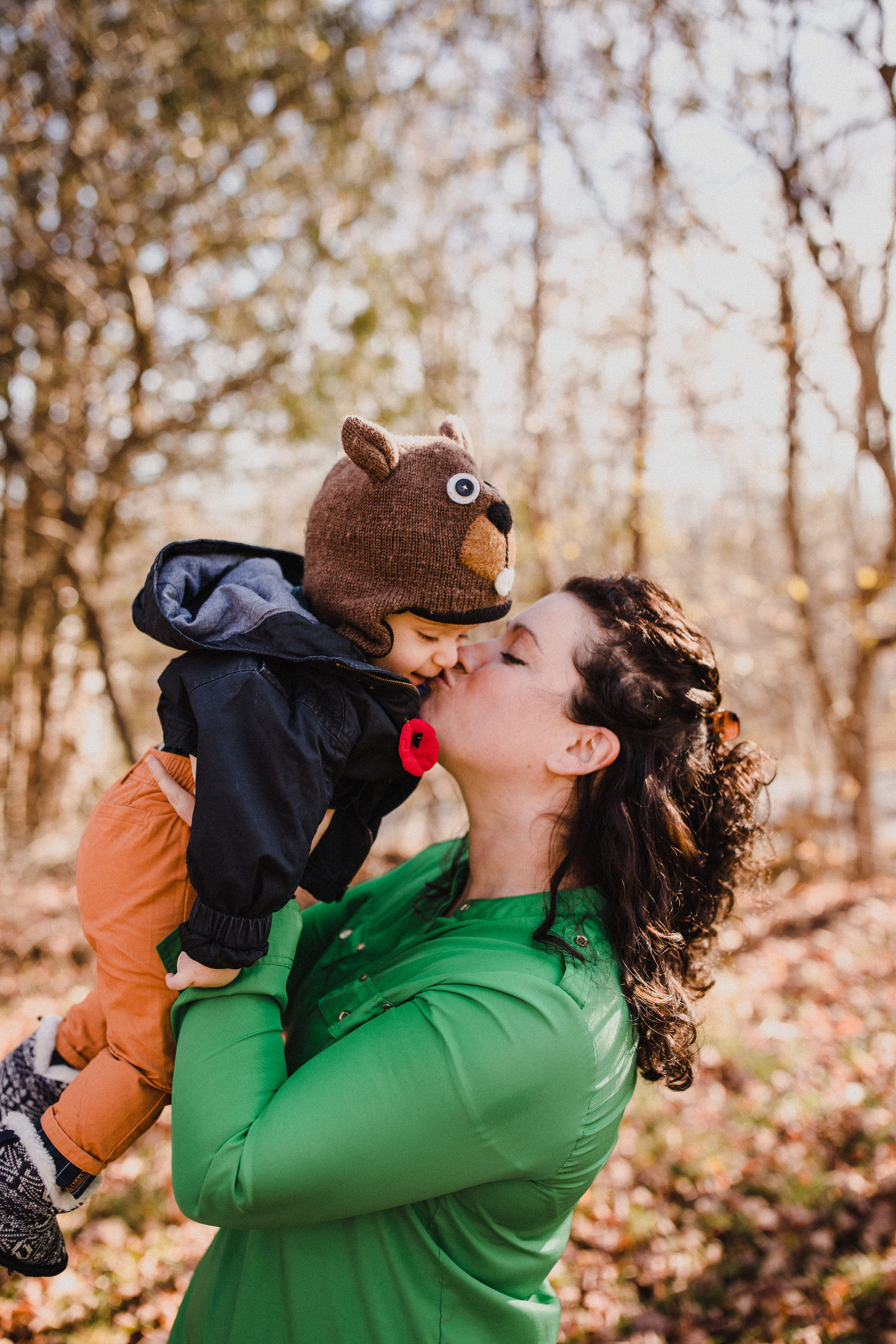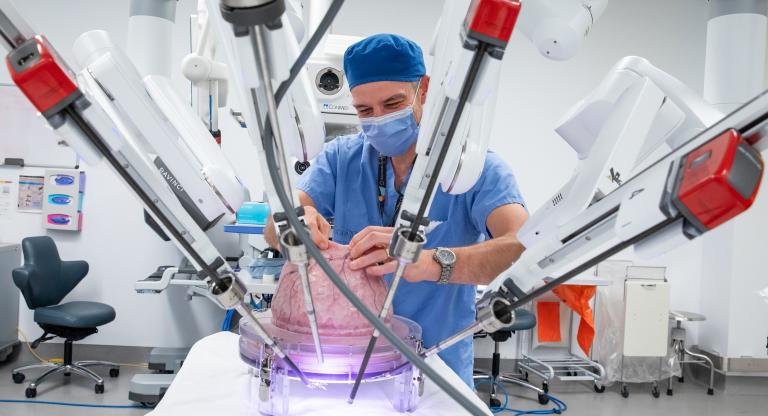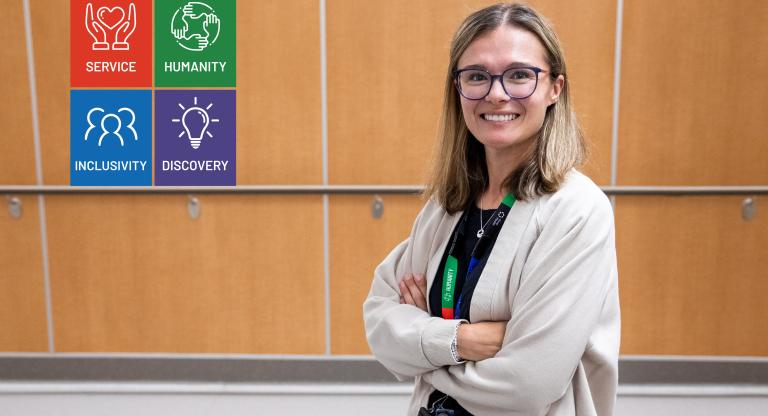Masking update: As of October 16, 2024, masks are required in patient care areas, patient rooms and waiting rooms.
-
Areas of Care
Areas of CareWe provide a wide variety of care options across Sinai Health, including emergency, obstetrics and cancer care, as well as rehabilitation.
-
Mount Sinai Hospital
Mount Sinai Hospital
-
Find care at Mount Sinai
Select an area of care to learn more about our programs, care teams and access patient resources.
-
Find a clinic or service
Search our directory for a clinic, service or lab, including location, hours and important details about your visit.
-
Coming to Mount Sinai
Learn more about Mount Sinai Hospital, find directions and recent news.
-
Physician directory
Find a specific physician who provides care at Mount Sinai Hospital. Search by name or department.
-
Refer a patient
For referring health-care providers, access our referral criteria and process for each area of care.
-
Find care at Mount Sinai
-
Hennick Bridgepoint Hospital
Hennick Bridgepoint Hospital
-
Find care at Hennick Bridgepoint
Select an area of care to learn more about our programs, care teams and access patient resources.
-
Find a clinic or service
Search our directory for a clinic, service or lab, including location, hours and important details about your visit.
-
Coming to Hennick Bridgepoint
Learn more about Hennick Bridgepoint Hospital, find directions and recent news.
-
Physician directory
Find a specific physician who provides care at Hennick Bridgepoint Hospital. Search by name or department.
-
Refer a patient
Access our referral criteria and process for each area of care.
-
Find care at Hennick Bridgepoint
-
Mount Sinai Hospital
-
Our Hospitals
Our HospitalsSinai Health serves the health needs of the diverse Toronto population and beyond. Discover our hospitals.
-
Mount Sinai Hospital
Mount Sinai HospitalAn internationally recognized acute care academic health sciences. Find directions and recent news.
-
Hennick Bridgepoint Hospital
Hennick Bridgepoint HospitalCanada's largest complex care and rehabilitation hospital. Find directions and recent news.
-
Mount Sinai Hospital
-
Patients and Visitors
Patients and Visitors
-
Mount Sinai Hospital
Mount Sinai Hospital
- First column
- Second column
-
Hennick Bridgepoint Hospital
Hennick Bridgepoint Hospital
- First column
- Second column
-
Mount Sinai Hospital
-
Education and Training
Education and TrainingAs an academic health science centre, Sinai Health fosters a culture where everyone is a learner. We believe that the combination of energy, fresh thinking and knowledge transfer is a reciprocal relationship that benefits the hospital, the student – and ultimately our patients.
-
First column
First column
-
Learning at Sinai HealthImage
 Discover important information about student and learning programs and the resources we provide.
Discover important information about student and learning programs and the resources we provide.
-
-
Second column
Second column
-
Continuing education
We promote ongoing learning for our people through a variety of opportunities.
-
Professional Practice
Our strategy is a framework for scholarship and innovation in professional practice.
-
Research education and training
Learn from renowned scientists and researchers at the Lunenfeld-Tanenbaum Research Institute.
-
Libraries and spaces
We have several health libraries and spaces for study or meetings.
-
Awards, scholarships and bursaries
We recognize the outstanding efforts and achievements of both educators and learners.
-
Continuing education
-
First column
-
Research
ResearchAt Sinai Health, our research expands from bench to bedside. Our research is world-class and an engine of innovation and discovery.
-
First column
First column
-
Research at Sinai HealthImage
 The future of discovery, clinical translation, and care at Sinai Health is set to scale new heights with life-changing innovation.
The future of discovery, clinical translation, and care at Sinai Health is set to scale new heights with life-changing innovation. -
Research Ethics Board
We oversee all research involving human subjects conducted under the auspices of Sinai Health.
-
-
Second column
Second column
-
Science of Care Institute
We integrate the humanity of caring with scientific research and innovation.
-
Schwartz/Reisman Emergency Medicine Institute
A network of leading emergency medicine researchers working to improve emergency departments.
-
First column
-
Support Sinai Health
Support Sinai HealthYour support helps transform lives
-
First column
First column
-
Learn more about Sinai Health Foundation
Find out how you can support Sinai Health so that we can continue to deliver life-changing care.
-
Donate to Sinai Health
Donate to support another century of care and discovery.
-
Fundraise for Sinai Health
Become a game-changer and fundraise for Sinai Health
-
Learn more about Sinai Health Foundation
-
Second column
Second column
-
First column









